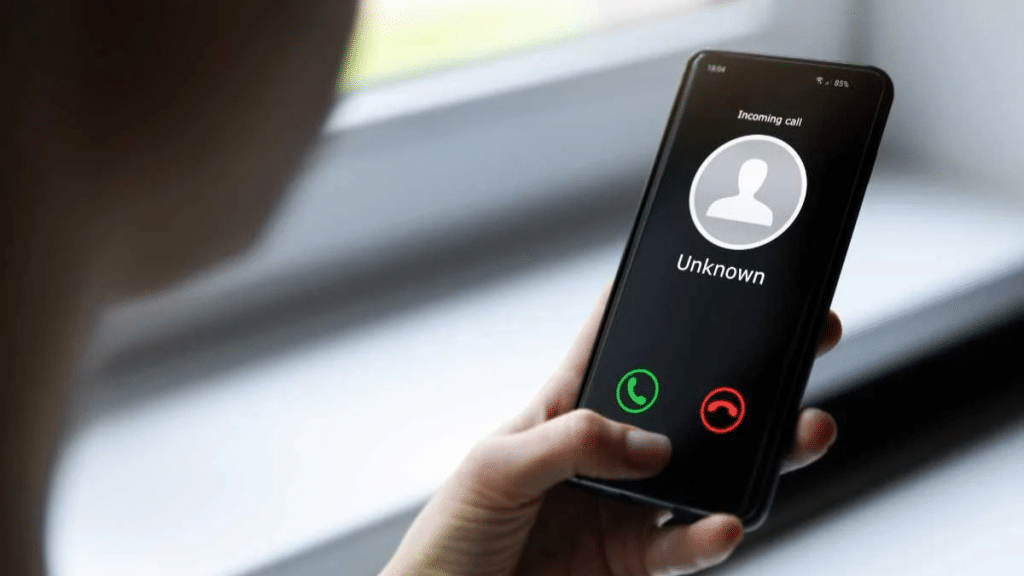Have you ever wondered whose number is this? when a mysterious phone call appears on your screen? Whether it’s a persistent ring from an unknown caller ID, a robocall, or a “private number,” figuring out who’s behind the phone can be crucial. In this article, we’ll show you how a reverse phone lookup, phone number search, and spam call check can help you confidently identify callers—and avoid potential scams.
🚫 Why Ask “Whose Number Is This?”
People frequently search Whose number is this? because unsolicited calls are stressful, invasive, and potentially dangerous. Common concerns include:
- Spam and scam calls sold in bulk to scam artists
- Hidden or blocked numbers aiming to deceive
- Unknown callers that could be important, such as doctors or service providers
Knowing who’s calling helps you decide whether to answer, ignore, or report the call.
What Is a Reverse Phone Lookup?
A reverse phone lookup involves entering a phone number in a directory to retrieve information about the caller. This is a powerful tool for:
- Identify unknown caller by name or business
- Determining location, carrier, or spam/telemarketing status
- Conducting a spam call check to flag suspicious or high-frequency telemarketers
There are free and paid services. Free options might provide limited data like the city or spam rating, while premium services can reveal full names, user-submitted comments, or even social media profiles.
How to Perform a Phone Number Search
Follow these steps to answer whose number is this? effectively:
- Use reputable reverse lookup sites
Check platforms like TrueCaller, Whitepages, or Spy Dialer. - Enter the phone number
Include the full 10-digit or country code. - Review the results
Look for business names, user feedback, spam ratings, and location info. - Verify with multiple sources
Cross-check on more than one lookup tool to confirm identity. - Report suspicious callers
Use your service provider or the FCC’s spam reporting platforms.
Analyze Unknown Caller ID Features
When performing a reverse phone lookup, pay attention to:
- Spam Score: Most lookup sites assign spam scores based on user reports
- User Comments: Notes like “called asking for money” or “wrong number” offer valuable clues
- Carrier and Location: Helps differentiate real companies from spoofed numbers
- Associated Social Profiles: A match with a LinkedIn profile or other directory increases legitimacy
These details help accurately determine whose number is this and whether it’s safe to engage.
Tips to Avoid Spam or Scam Calls
Preventing spam starts before the phone rings:
- Enable built-in spam filters on iOS and Android
- Register your number on do-not-call lists (eg. Canada: National Do Not Call List)
- Never return unknown calls without lookup—legitimate businesses often leave voicemails
- Block recurring spam callers—modern systems maintain and update spam lists automatically
- Avoid pressing options like “press 1 to speak to an operator,” which confirms you’re an active number
When You Still Ask “Whose Number Is This?”
Even after precautions, unknown callers slip through. Here’s what to do:
1. Pause and Analyze
Check caller details using a phone number search tool before answering or calling back.
Is the caller linked to a business or flagged as spam?
2. Don’t Panic if It’s Legitimate
If it’s a doctor’s office, delivery service, or job recruiter, they’ll likely leave a voicemail or email. Respond at your convenience.
3. Trust Verified Sources
Look for verified caller badges in official apps (e.g., Microsoft, Google). These signals mark trusted businesses.
4. Educate Loved Ones
Many seniors or children are vulnerable targets. Teach them how to reverse phone lookup and spot red flags.
Advanced Tools and Best Practices
- Install caller-ID apps (TrueCaller, Hiya, RoboKiller) with strong spam and scam databases
- Use VoIP numbers for online signups to avoid personal number exposure
- Regularly update your lookup tools for latest scam trends and caller data
- Maintain a personal blacklist of repeat offenders
Sample Workflow: Identify a Mysterious Call
Imagine this scenario:
- You receive a call from +1 (416) 555‑1234
- You ask, “Whose number is this?”
- You perform a reverse phone lookup, discovering it’s associated with a debt collector and a history of complaint reports
- You label the caller unknown and block them—avoiding possible financial or identity fraud
